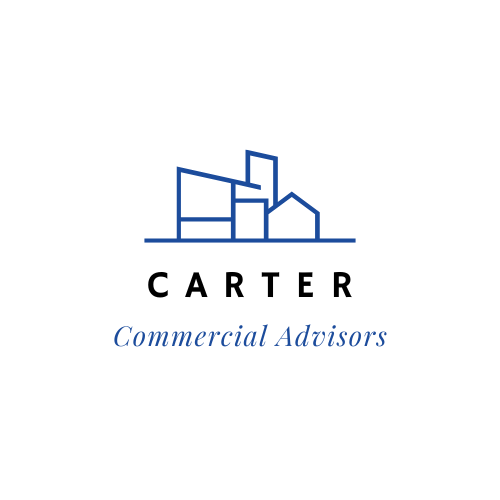The CCIM Cash Flow Model, developed by the CCIM Institute, is a financial tool used to analyze the potential cash flow of a commercial real estate investment. It helps investors make informed decisions by considering various factors that impact the investment’s profitability. Here’s a breakdown of the model:
In a Nutshell
Core Purpose:
- Analyze investment decisions based on sound financial principles.
- Measure the impact of taxes and financing on cash flow throughout the investment lifecycle (acquisition, ownership, and disposition).
- Compare different commercial real estate investments using key metrics like IRR (Internal Rate of Return) and NPV (Net Present Value).
Key Components:
The model typically uses a spreadsheet format and considers various income and expense items. Here’s a general breakdown of the structure:
- Income: This section includes potential income streams from the property, such as:
- Gross Operating Income (GOI)
- Vacancy Rates (to account for potential unrented space)
- Expenses: This section factors in various costs associated with property ownership:
- Operating Expenses (maintenance, property taxes, insurance)
- Debt Service (mortgage payments including principal and interest)
- Taxes: This section estimates the tax liability on the property’s income.
- Cash Flow Analysis: Based on income and expenses, the model calculates:
- Net Operating Income (NOI) – GOI minus operating expenses
- Cash Flow Before Tax (CFBT) – NOI minus debt service
- Cash Flow After Tax (CFAT) – CFBT minus estimated taxes
Benefits of Using the Model:
- Provides a Standardized Framework: The CCIM model offers a consistent approach for evaluating commercial real estate investments, allowing for easier comparison between different properties.
- Considers Time Value of Money: The model recognizes the importance of timing when it comes to cash flows. Income and expenses received at different points in time are not considered equal.
- Factors in Taxes and Financing: The model allows you to see how taxes and financing impact the overall investment returns.
Learning Resources:
The CCIM Institute offers courses like CI 101: Financial Analysis for Commercial Investment Real Estate, which delve into the details of the Cash Flow Model. These courses also cover using the model in conjunction with financial metrics like IRR and NPV for better investment decisions.
Here are some additional resources to consider:
- The CCIM Institute website offers information about the model and related courses: https://www.ccim.com/education/courses/ci-101-financial-analysis-commercial-real-estate
- You can find video tutorials explaining the CCIM 10 Year Cash Flow Analysis process on Youtube: YouTube (search for “CCIM 10 Year Cash Flow Analysis”)
By understanding the CCIM Cash Flow Model and its components, you can gain valuable insights into the potential financial performance of a commercial real estate investment.
Sample Calculations for the CCIM Cash Flow Model
Assumptions:
- Property type: Office Building
- Purchase Price: $1,000,000
- Loan amount: 80% of purchase price ($800,000)
- Loan term: 25 years
- Interest rate: 6%
- Gross Scheduled Income (Annual Rent): $120,000
- Vacancy Rate: 5%
- Operating Expenses: $30,000 per year
Calculations:
- Gross Operating Income (GOI):
- Formula: GOI = Gross Scheduled Income * (1 – Vacancy Rate)
- Calculation: GOI = $120,000 * (1 – 0.05) = $114,000
- Net Operating Income (NOI):
- Formula: NOI = GOI – Operating Expenses
- Calculation: NOI = $114,000 – $30,000 = $84,000
- Debt Service (Annual Payment):
- We can use a financial calculator or loan amortization schedule tool to find this value.
- Assuming a fixed-rate loan, you’ll need to input the loan amount, interest rate, and loan term. Let’s assume the annual payment is $56,243.
- Cash Flow Before Tax (CFBT):
- Formula: CFBT = NOI – Debt Service
- Calculation: CFBT = $84,000 – $56,243 = $27,757
- Cash Flow After Tax (CFAT): (This is a simplified example, for a more accurate calculation you would need to consider tax bracket and depreciation)
- Let’s assume a flat tax rate of 25%.
- Formula (Simplified): CFAT = CFBT * (1 – Tax Rate)
- Calculation (Simplified): CFAT = $27,757 * (1 – 0.25) = $20,813
Note: This is a very simplified example, and a full CCIM Cash Flow Model would typically include calculations for multiple years, consider depreciation, analyze potential changes in income and expenses over time, and factor in the sale of the property at the end of the investment period.





 Are You Accepting New Customers?
Are You Accepting New Customers?